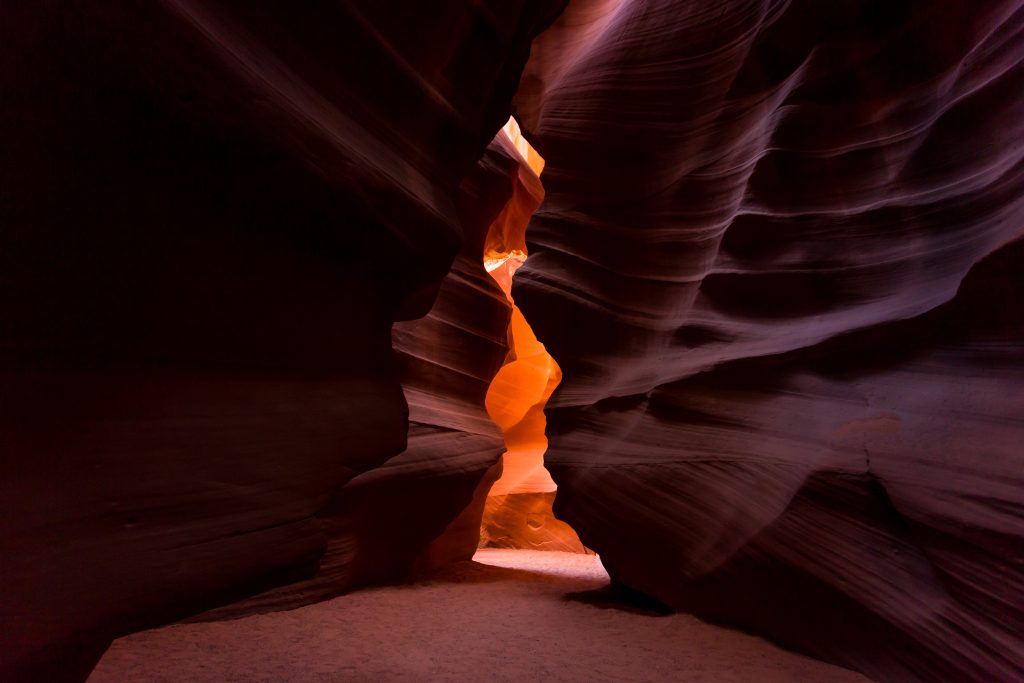
Somewhere in the middle
In mindfulness, we learn that in everything there is a beginning, a middle, and an end. In life, in relationships, in conversations, in thoughts, in feelings, and in every breath.
Even in a pandemic. Right now, we are somewhere in the middle.
As I talked with friends and family, colleagues, some of my teachers, and clients over the last few weeks, I can feel our collective desire for some certainly. We’ll share statistics and articles and make guesses as to when this “will be over.” Each day feels a bit like the Groundhog Day movie experience with time spreading and shrinking moment to moment in a rhythm that we still don’t quite know the beat to yet.
The Illusion of Waze
As I noticed this pattern, I found myself wishing for a new Waze-like app to help navigate this ALL and put us at ease. I have grown accustomed to putting in my destination and getting alerts for every traffic shift and pothole in the road ahead. The illusion of control that I, and maybe you, have been under has vanished. When life was humming along, pre-COVID-19, we thought we were in control. Really, we hardly ever are. Part of being somewhere in the middle is seeing that truth in all its fullness.
Expedited Growth
One call last week was with my Positive Psychology teacher, Tal Ben-Shahar. Tal is a brilliant thinker and speaker. He said an interesting thing that really caught my attention.
“We are in an interesting liminal space, a place of transition, a threshold between two points, signaling the end of one time or space, and the beginning of another.
Within this space, the process of growth is expedited.”
Well I, like most of us, like the idea of expedited.
Tal went on to explain this within the broader context of happiness. The typical life cycle of happiness follows the shape of a smile. The upper left corner shows a high level of happiness when we are children, then dips down in middle age with the many responsibilities of life and then rises back up with each year.
So older people are happier? In this broad overview, the answer is yes. Over the years, we learn what matters and what doesn’t matter and is not worth our time, energy, or worry. We learn acceptance and find joy in the things that are less material and more matters of the heart.
At a time where there is a lot of talk about the difficulties and traumas of this time, Tal’s expedited growth approach poses another way to view what is happening. There is the possibility that we can, on the other side of this, have experienced some critical growth that might otherwise have taken us years to acquire.
We’re getting to see what’s essential to our lives and what we can, and can’t, live without. We’re finding ways to connect that we never imagined. We’re feeling what we miss and don’t miss about the lives we had before the bottom fell out of all of our plans. We’re getting a sense of the shifts and shape of the next phase of life ahead.
What I have found interesting is as I release the plans of my life, pre-COVID-19, and release the desire to understand the parameters of life ahead, I want to stop and sit and take stock .
Finding stillness
In the book, Stillness is the Key, by Ryan Holiday, Holiday shares the story of Kennedy’s approach to the Cuban Missle Crisis in 1962. The young Kennedy took time to sit, to find the stillness, to converse, to find consensus in a time with many pressures to act, and the possibility of triggering an irreparable nuclear war for the world.
Kennedy, like so many of the true leaders in our world’s history, knew how to be in the middle and cultivate endless patience.
Everything has a beginning, a middle, and an end.
Endless patience feels a bit impossible to me, though, within these few short weeks, we’ve all done things we never imagined we could do. We’ve been sheltered-in-place at home for over 6 weeks. When we first heard the plan, we could hardly bend our minds around the possibility of two weeks.
What are we to do?
In this time of “expedited growth,” finding stillness, accepting how much we don’t know, and staying awake and aware—these are the tasks at hand. These are the elements of mindfulness.
Within the stillness, within this liminal space of the middle, lies your wisdom, your ability to know what to do next, and the right moment to take that action.
Mindfulness is a practice of the mind, an anchoring to your breath to find that stillness.
It takes practice for the full benefits of mindfulness to compound, including actual changes in the structure and matter of your brain, but there can also right now benefits.
Are you ready to begin?
The first place of stillness and anchoring is in your body. This body scan practice is helpful to calm the mind, find relaxation, and help you sleep better.
Check out the video below with Jack Curly and make time to do this practice every night before you go to bed.
Photo Credit:
Photo by Joe Gardner on Unsplash
Leave a Comment